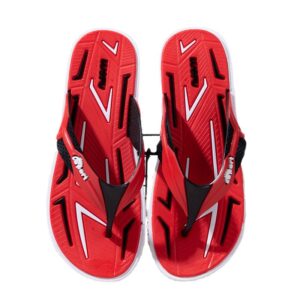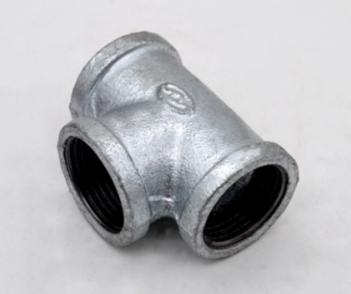Are there any specific brands that you would recommend for flip flops with more supportive features?
There are several brands that offer flip flops with more supportive features. Here are a few examples:
Vionic: Vionic is a brand known for its footwear designed with supportive features. They offer flip flops with built-in arch support, cushioned footbeds, and contoured soles. Their flip flops are designed to provide better alignment and alleviate common foot problems.
OluKai: OluKai is a brand that combines style and support in their flip flop designs. They offer flip flops with anatomically contoured footbeds, supportive arches, and cushioned midsoles. OluKai’s flip flops are known for their durability and comfortable fit.
Chaco: Chaco is a brand renowned for its outdoor footwear, including rugged flip flops. They feature adjustable straps, supportive footbeds, and durable outsoles. Chaco flip flops are popular among outdoor enthusiasts and provide better traction and support for active lifestyles.
Reef: Reef offers a range of flip flops with various styles and designs. While not all of their models are highly supportive, some Reef flip flops feature contoured footbeds, arch support, and cushioned midsoles. They are known for their beachy, casual aesthetic.
Birkenstock: Birkenstock is a well-known brand recognized for its supportive footwear, including their iconic sandals. While not traditional flip flops, China flip flops suppliers they offer models with a thong-style design. Birkenstock sandals feature a contoured footbed with excellent arch support and a shock-absorbing sole.
It’s important to note that individual foot needs and preferences can vary. What works for one person may not work for another. It’s a good idea to try on different brands and styles to see which ones provide the best support and comfort for your feet. Additionally, consulting with a footwear specialist or podiatrist can help you identify brands or models that are suitable for your specific foot condition or requirements.
Can you provide any tips on how to properly try on flip flops to ensure the best fit?
Here are some tips to help you properly try on flip flops and ensure the best fit:
Size: Start by choosing the right size. Flip flops are typically available in standard shoe sizes. Make sure to measure both feet and select the size that accommodates the larger foot. Keep in mind that sizing may vary between brands, so it’s important to refer to the brand’s specific size chart if available.
Toe Placement: When trying on flip flops, ensure that your toes comfortably reach the front edge of the sole without hanging over. At the same time, avoid having too much space between your toes and the edge. Aim for a snug fit without any discomfort or restriction.
Strap Placement: Check that the Y-shaped strap or thong of the flip flop aligns comfortably between your toes. It should not cause any irritation or rubbing. The strap should hold the flip flop securely on your foot without being too tight or digging into the skin.
Arch Support: Some flip flops offer built-in arch support. When trying them on, pay attention to how the arch support aligns with your foot’s natural arch. It should provide a comfortable and supportive feel without causing any discomfort or pressure points.
Stability and Grip: Walk around in the flip flops to assess their stability and grip. Ensure that your foot feels secure and stable on the sole, and that the flip flop does not slip or slide excessively. The sole should provide sufficient traction to prevent slips.
Comfort and Feel: Ultimately, the most important factor is your comfort. Pay attention to how the flip flops feel on your feet. They should provide a comfortable fit, with enough cushioning and support for your foot type and preferences.
Test Different Styles and Brands: Different brands and styles of flip flops may have varying fits and designs. Don’t hesitate to try on different options to find the one that suits you best in terms of fit, comfort, and support.
Remember that it might take some time to break in new flip flops, especially if they have firmer soles or straps. If any discomfort persists or if the flip flops don’t provide sufficient support, it’s advisable to consider alternative footwear options that better meet your needs.



